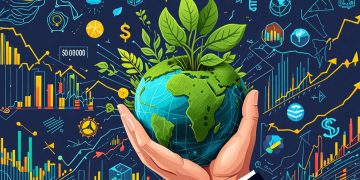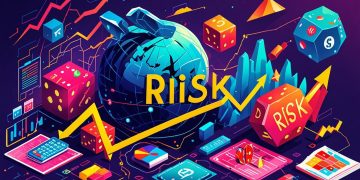Artificial intelligence is revolutionizing stock trading by enhancing data analysis, predictive modeling, and algorithmic trading. AI empowers investors with real-time insights, improved risk management, and personalized strategies, enabling more informed decision-making. As market complexities grow, AI becomes essential for achieving greater efficiency and profitability in stock market investments.








